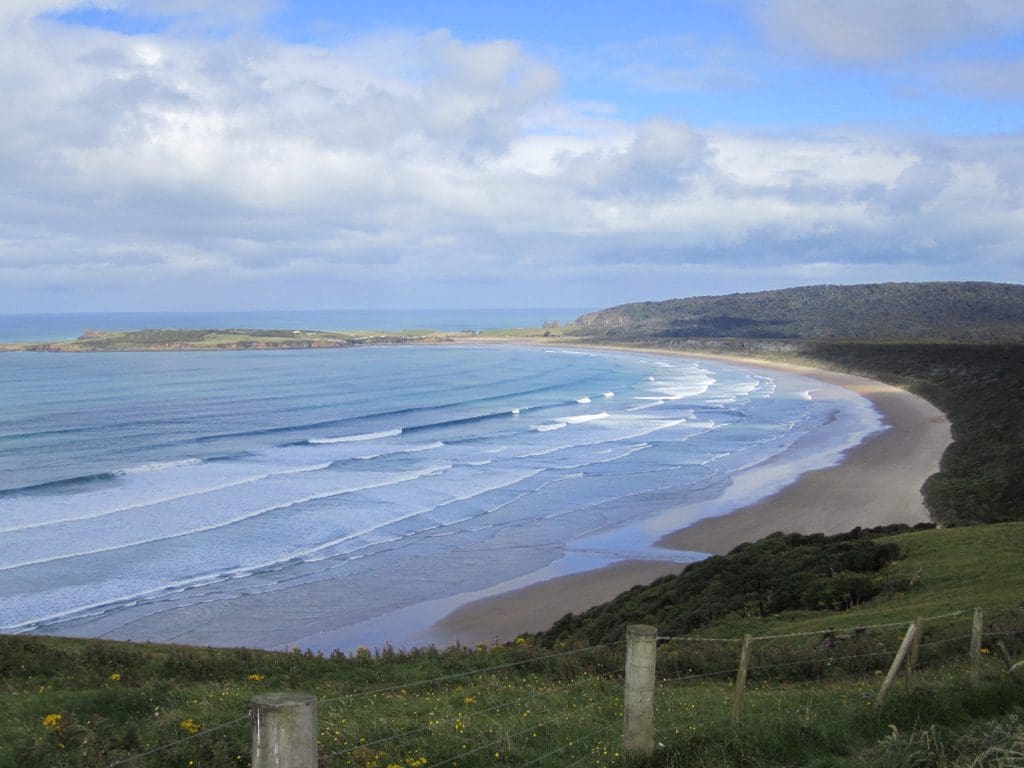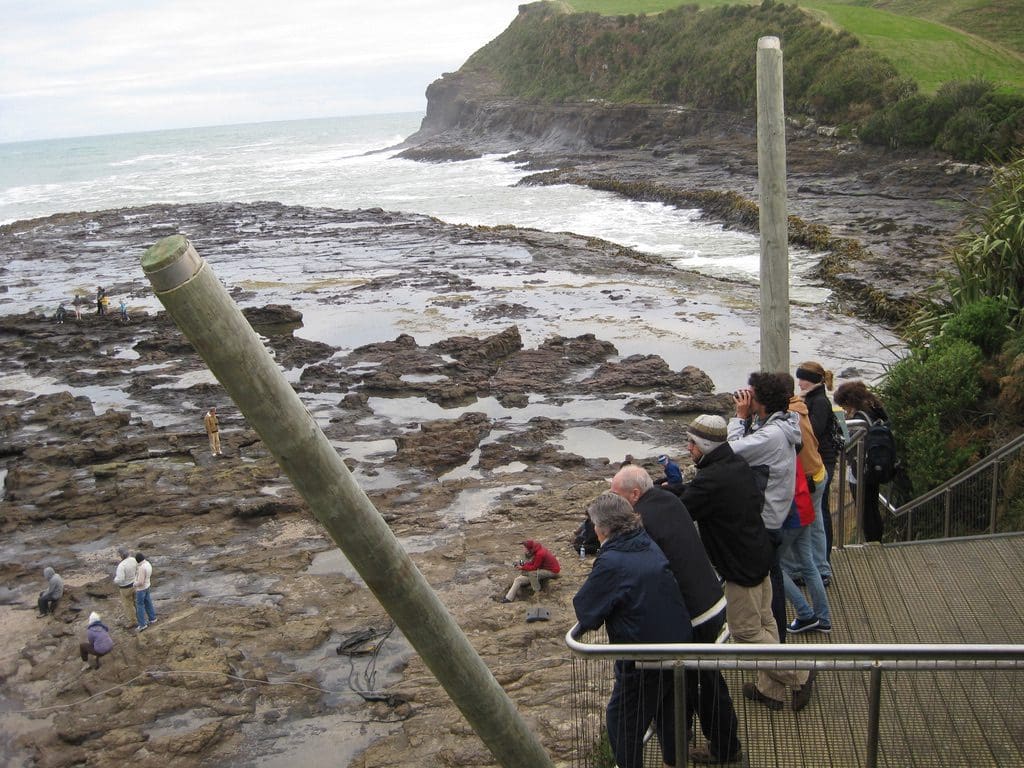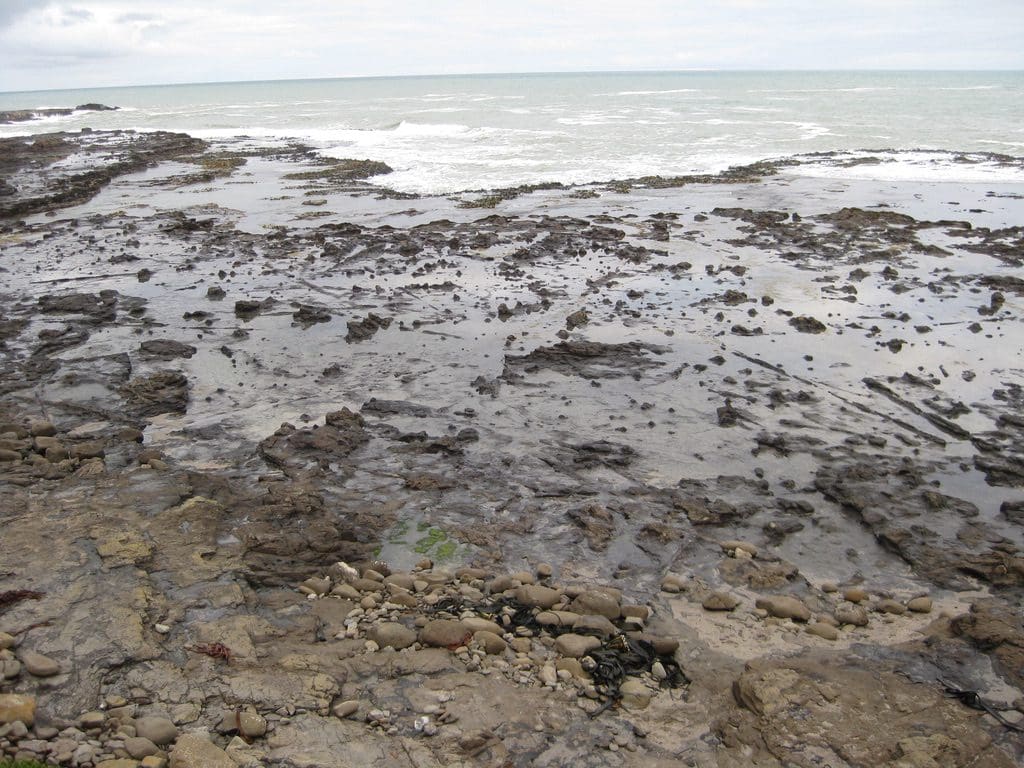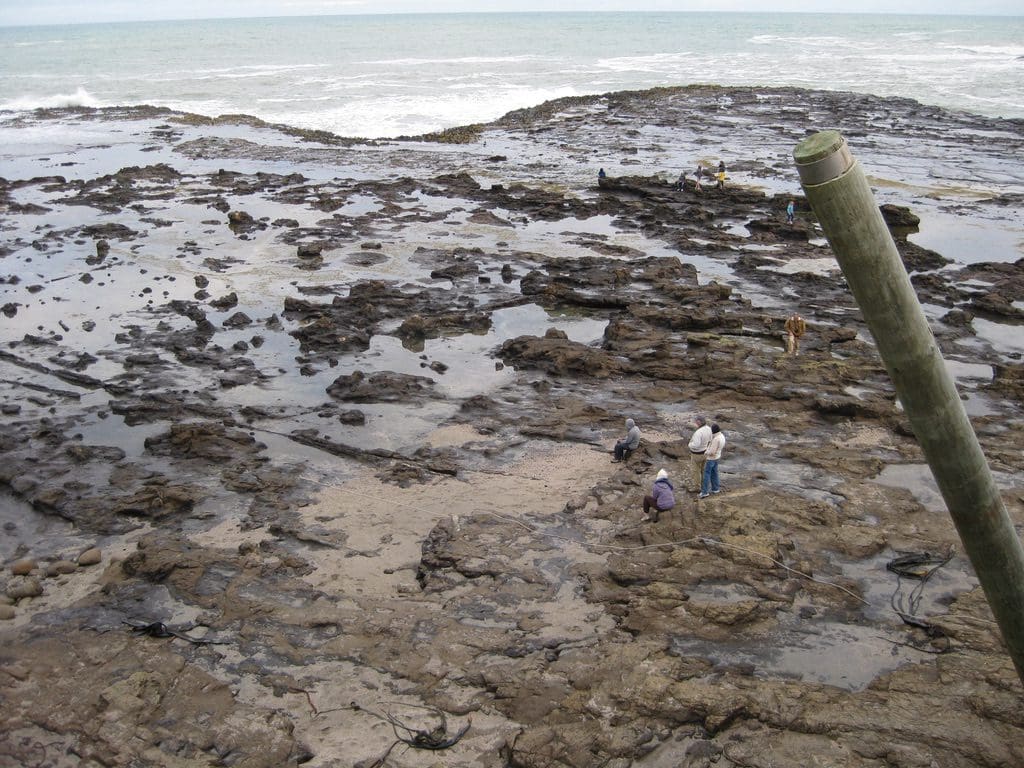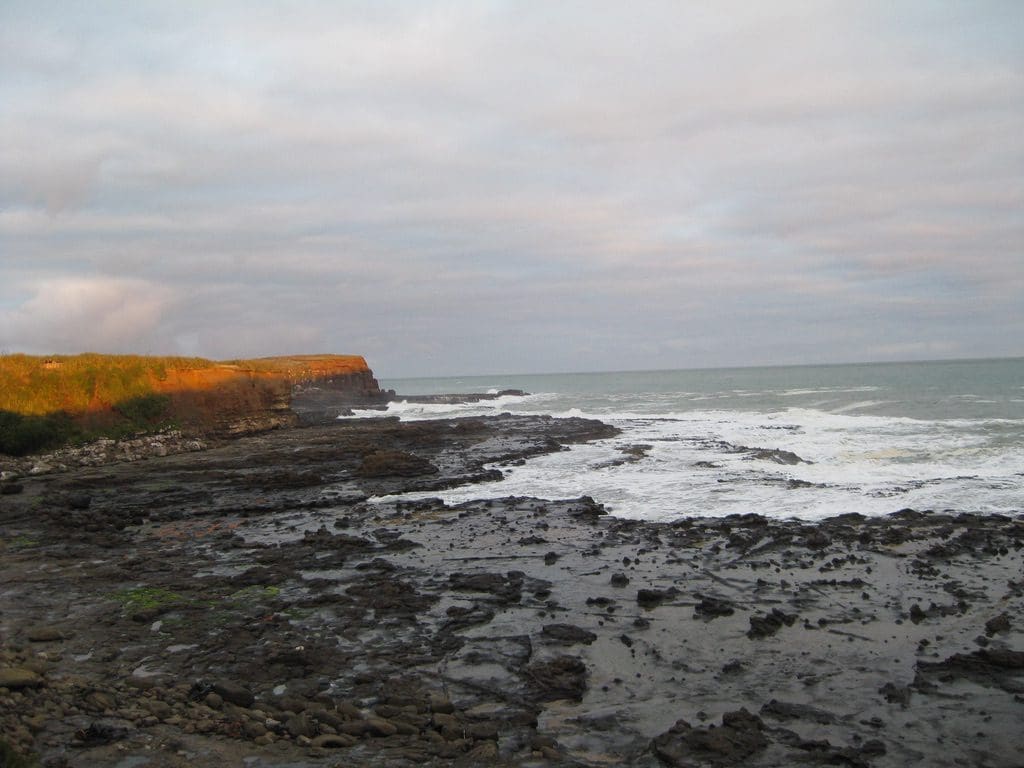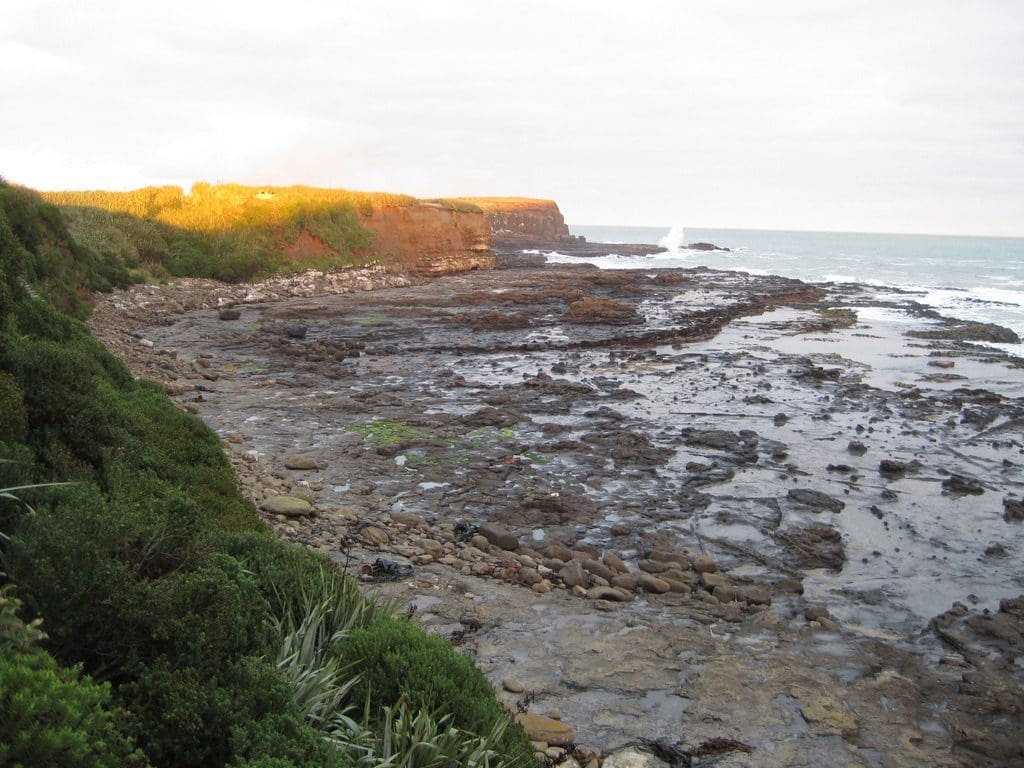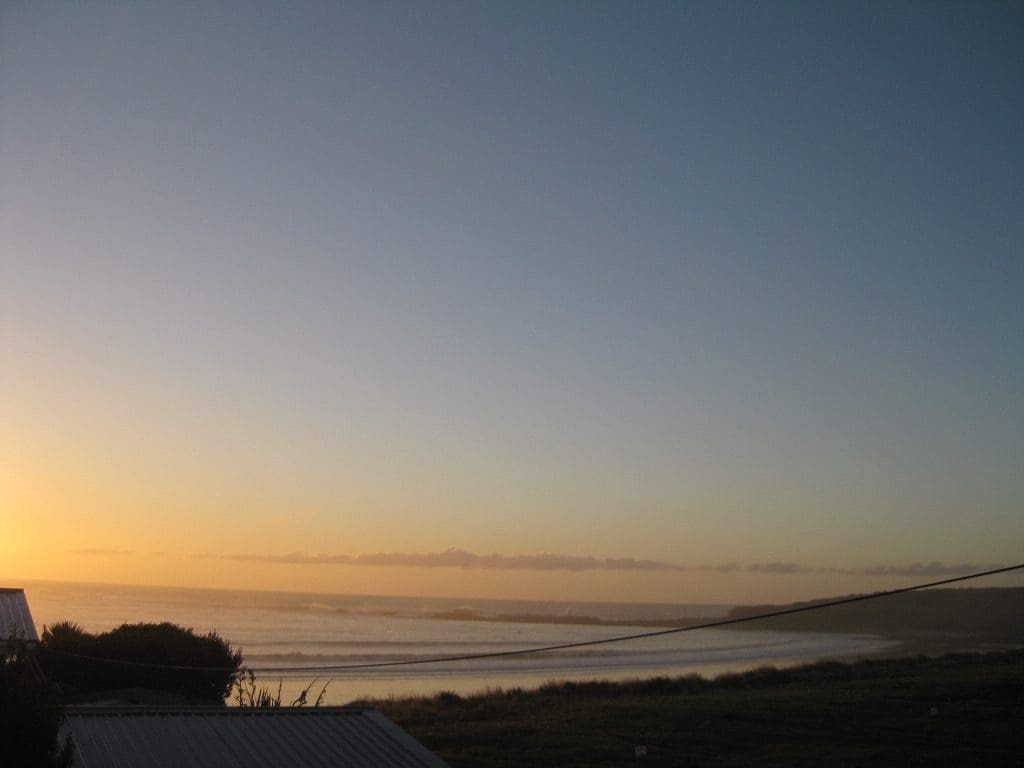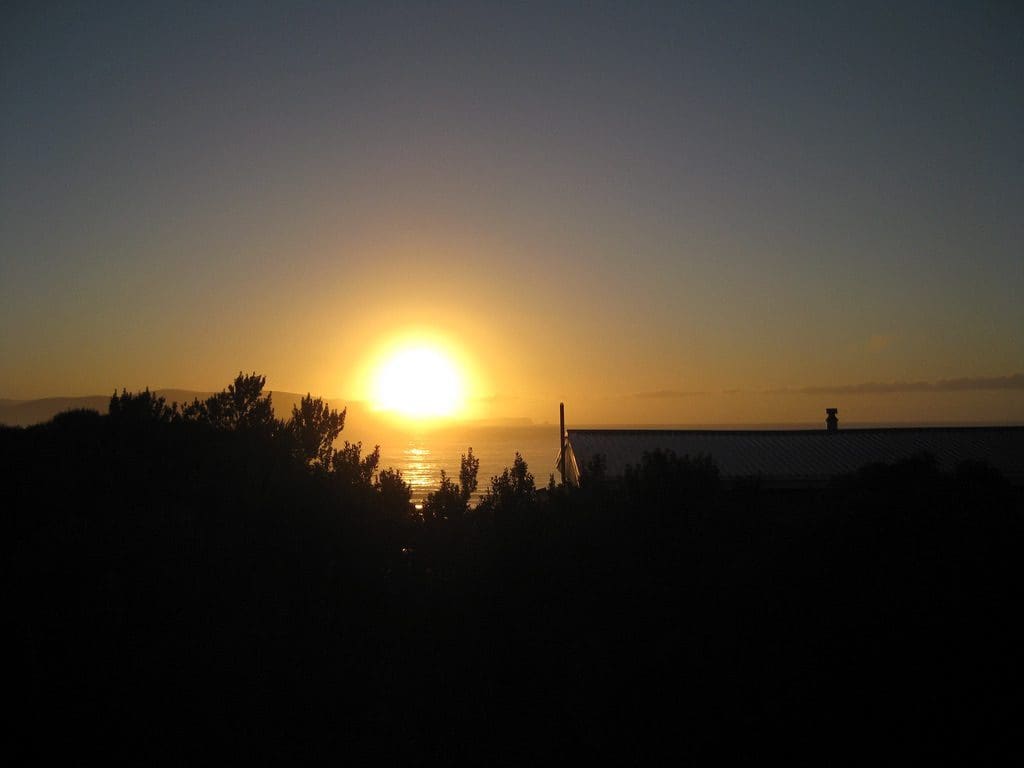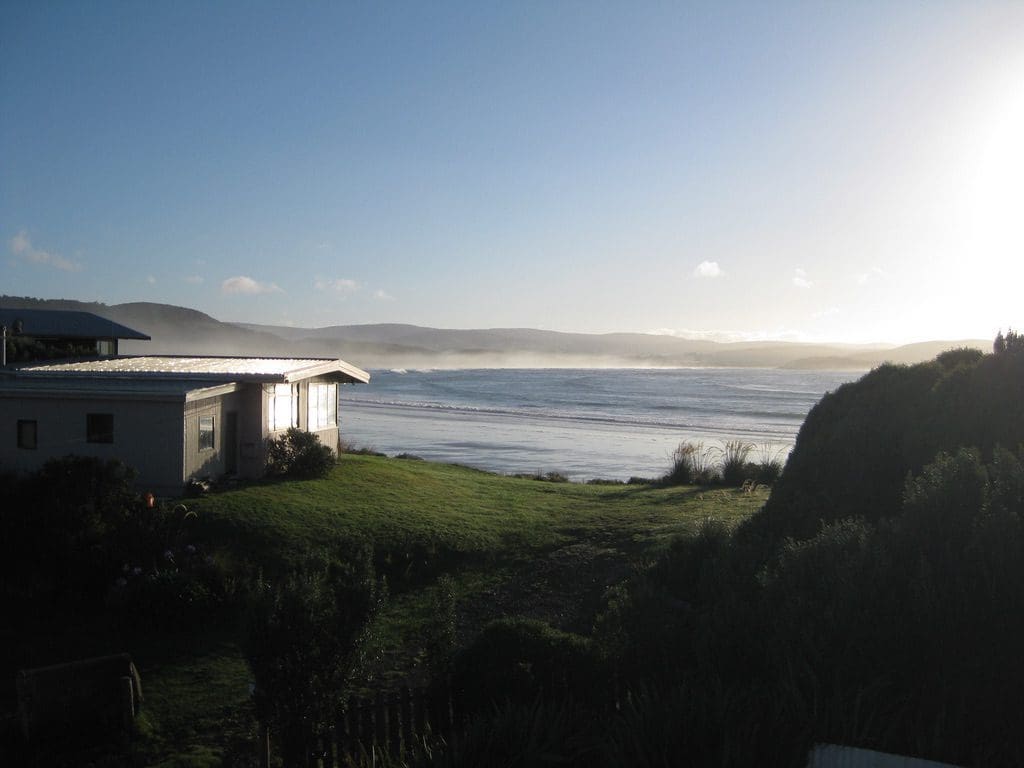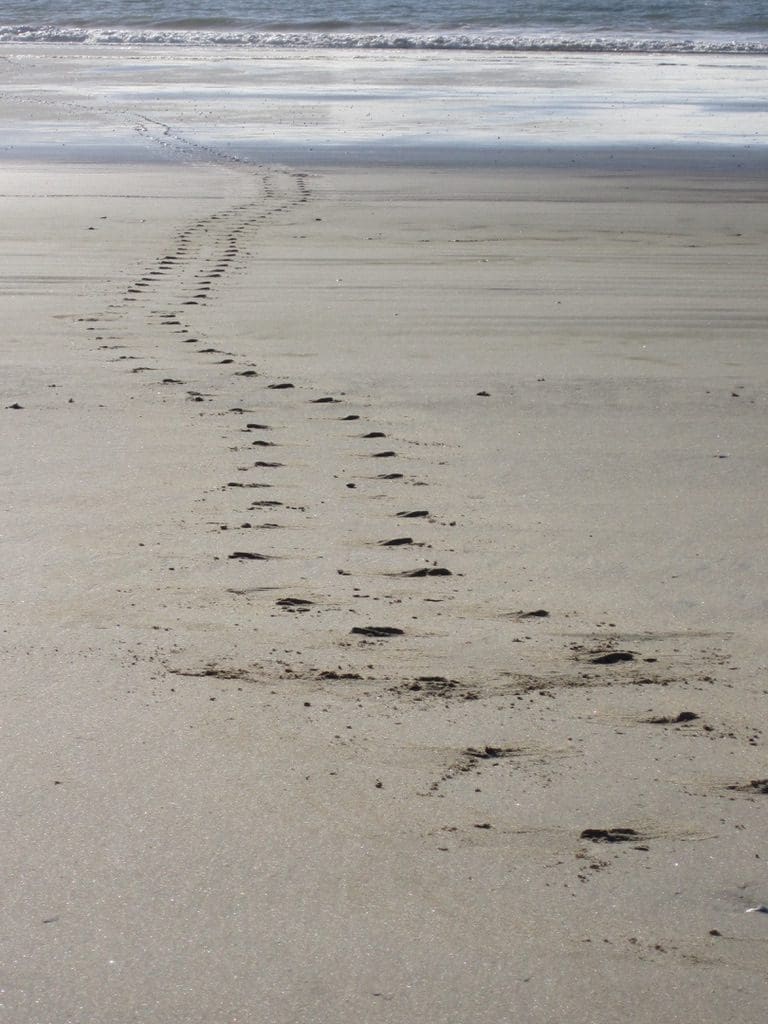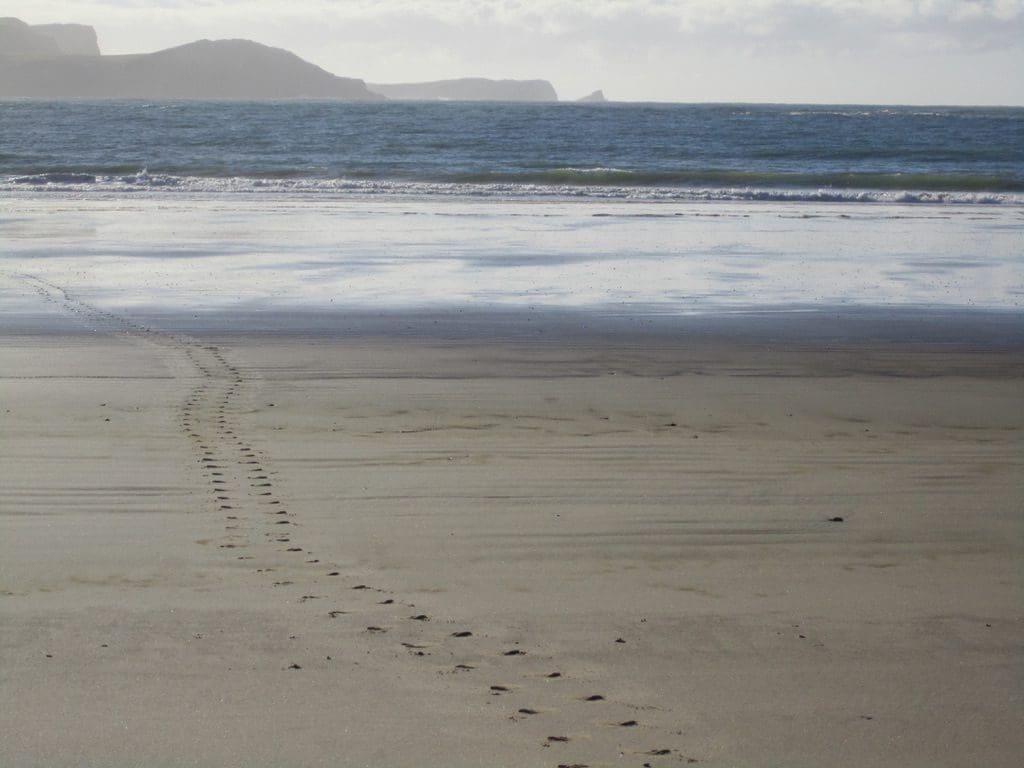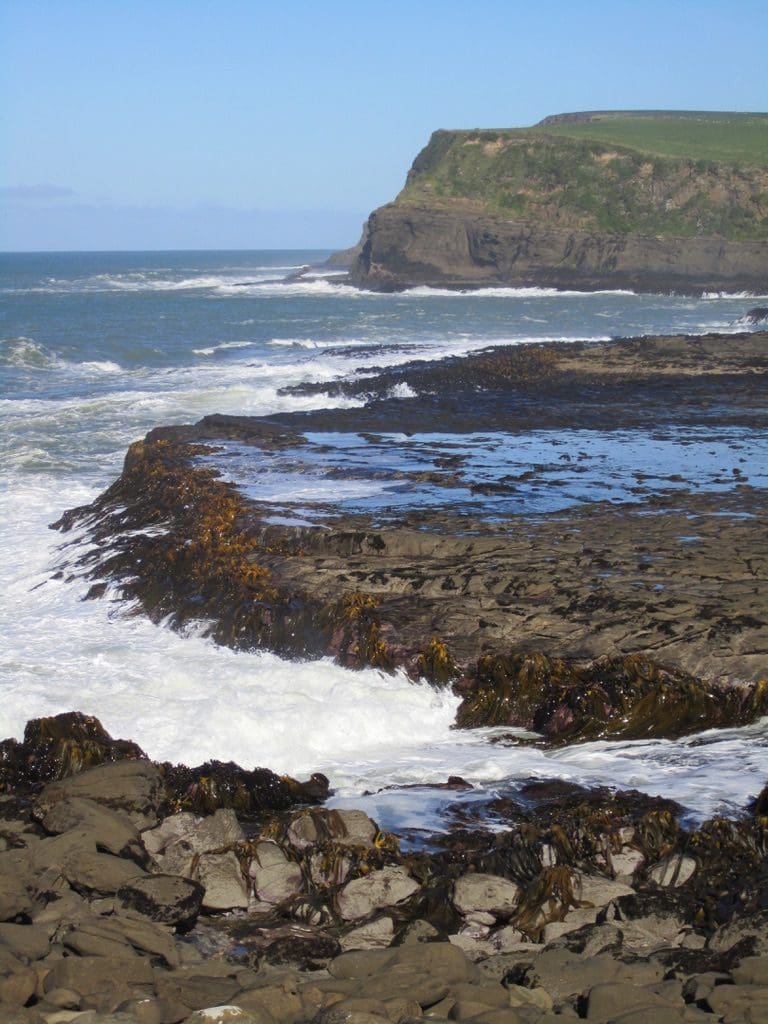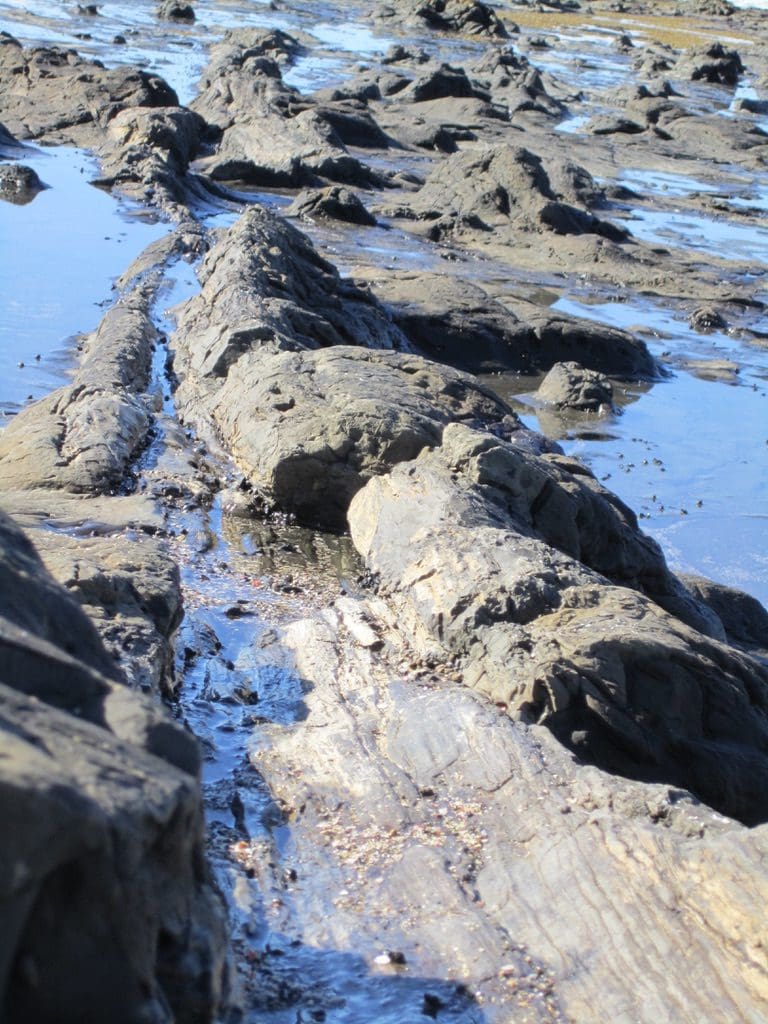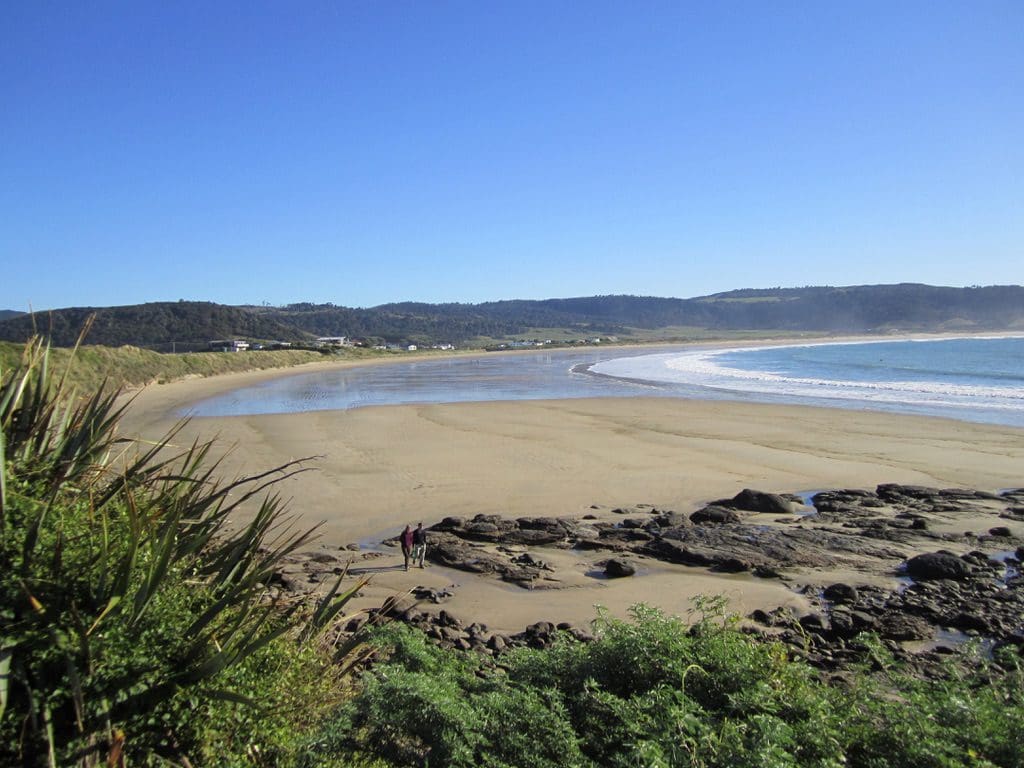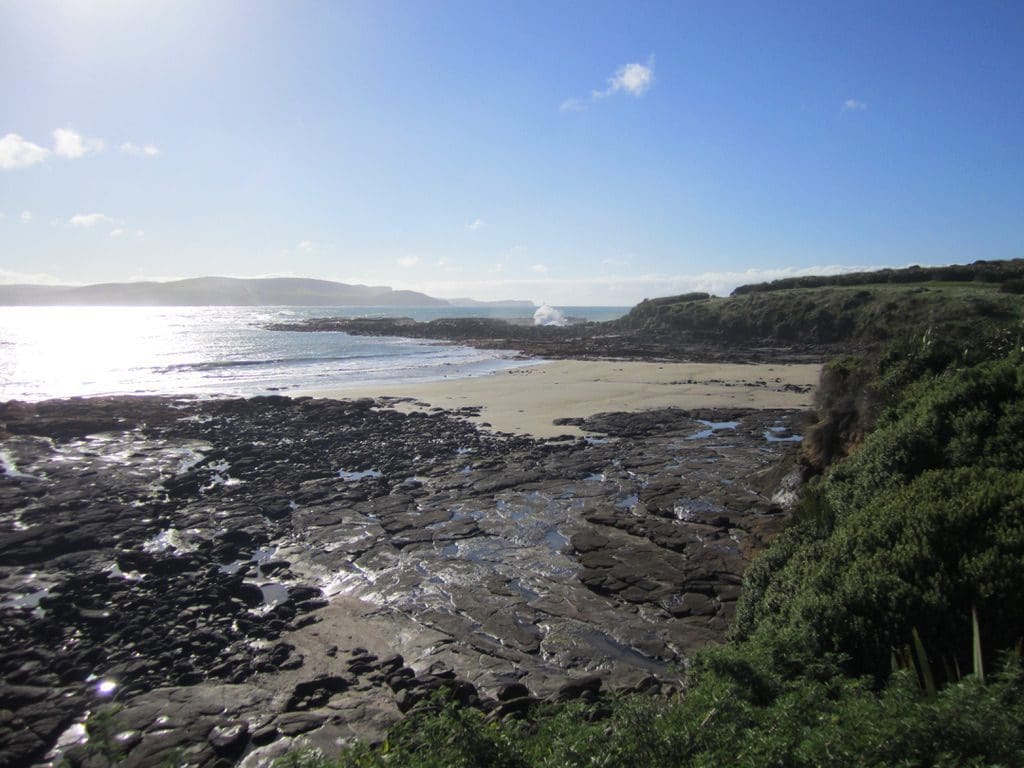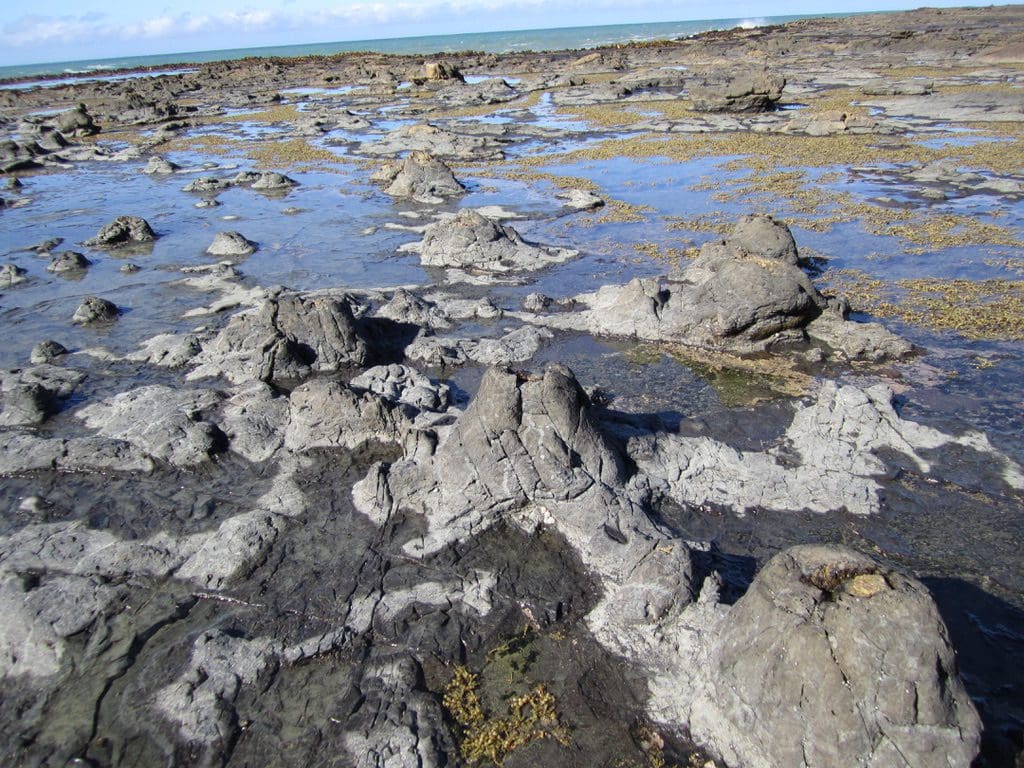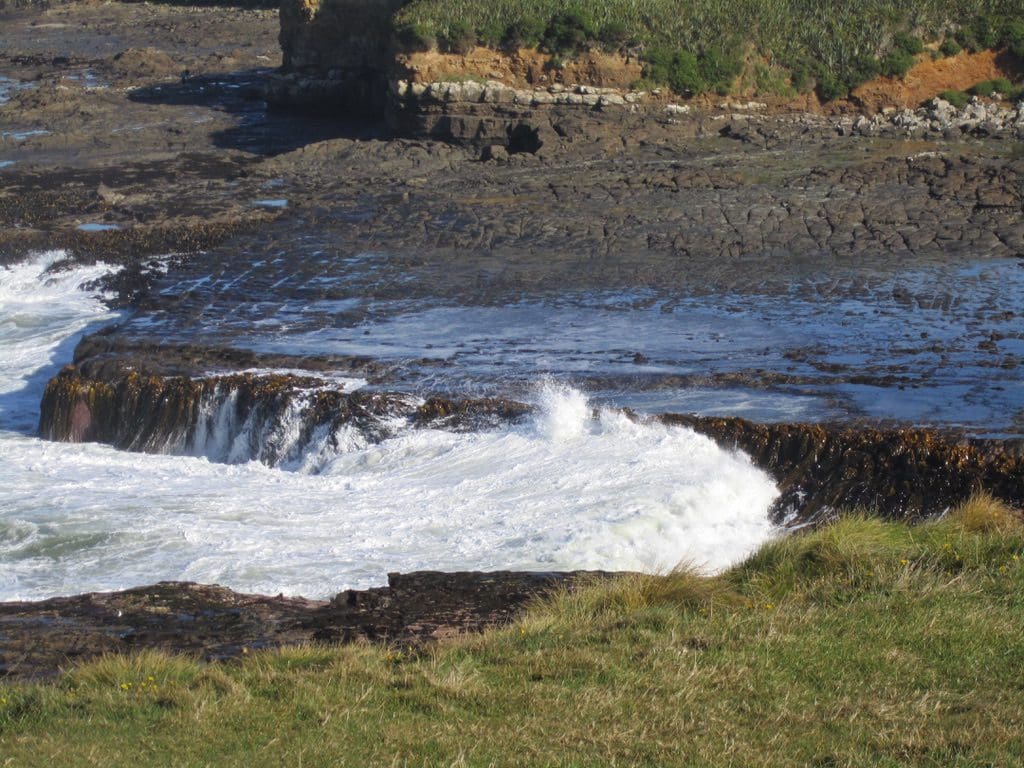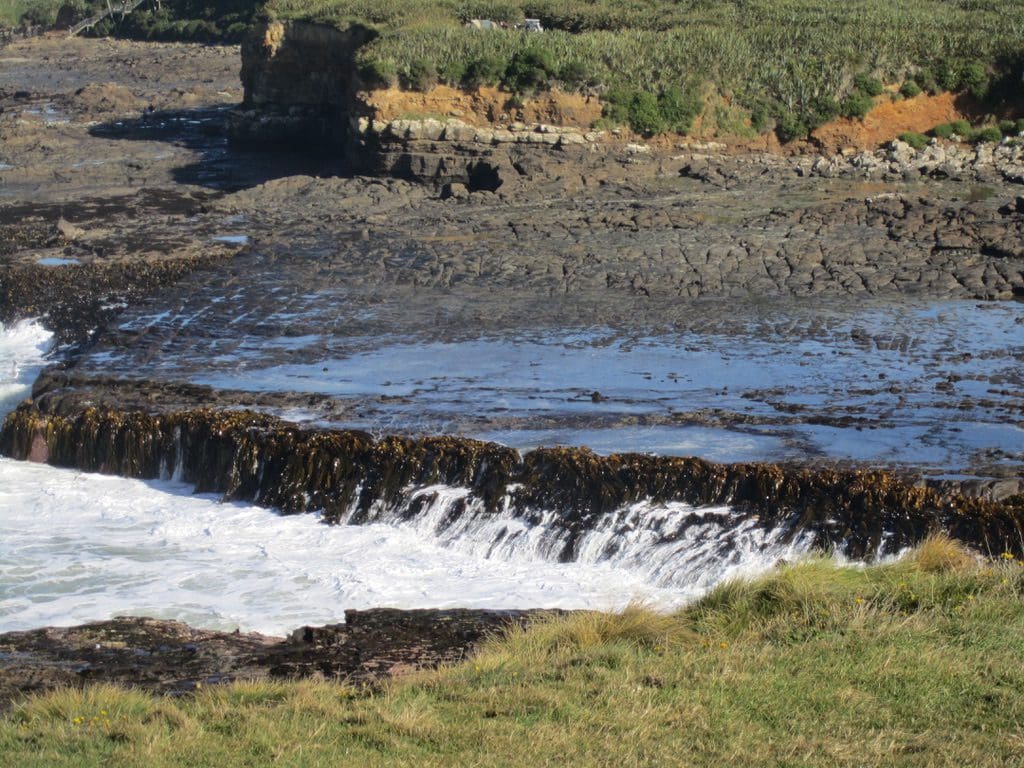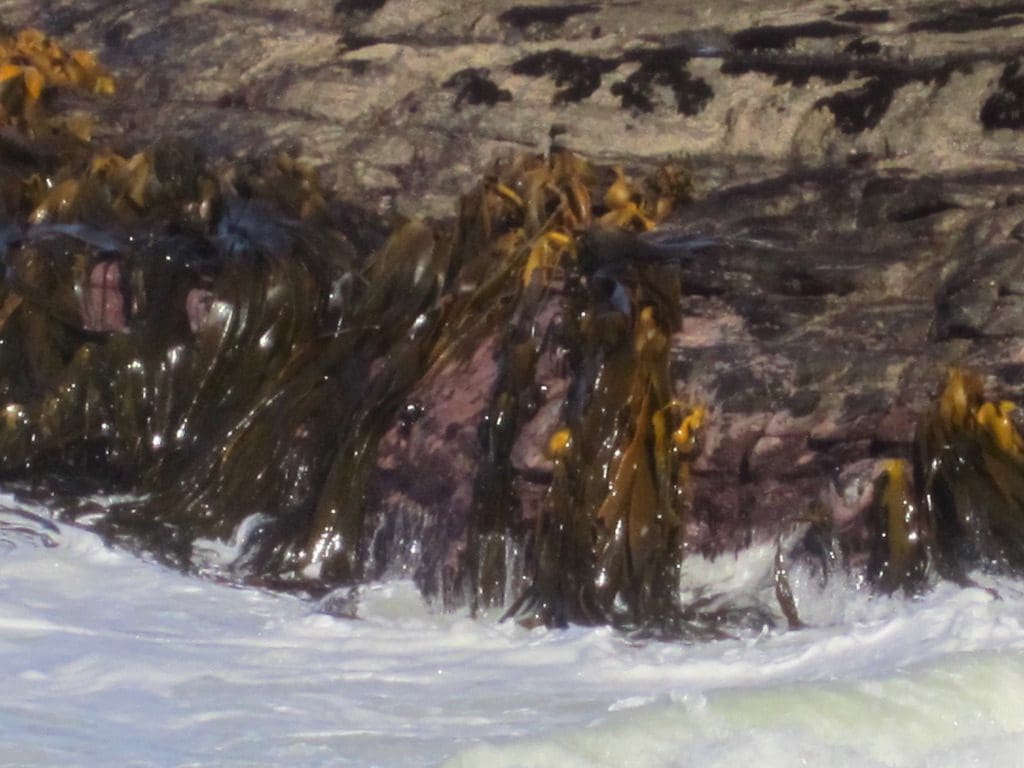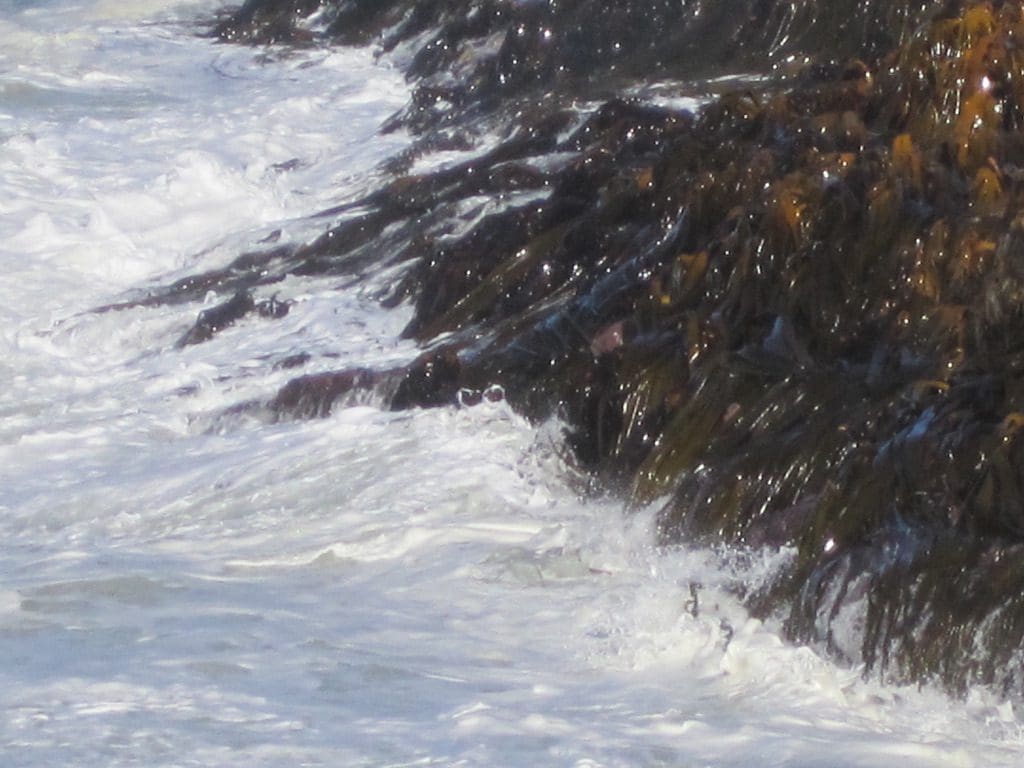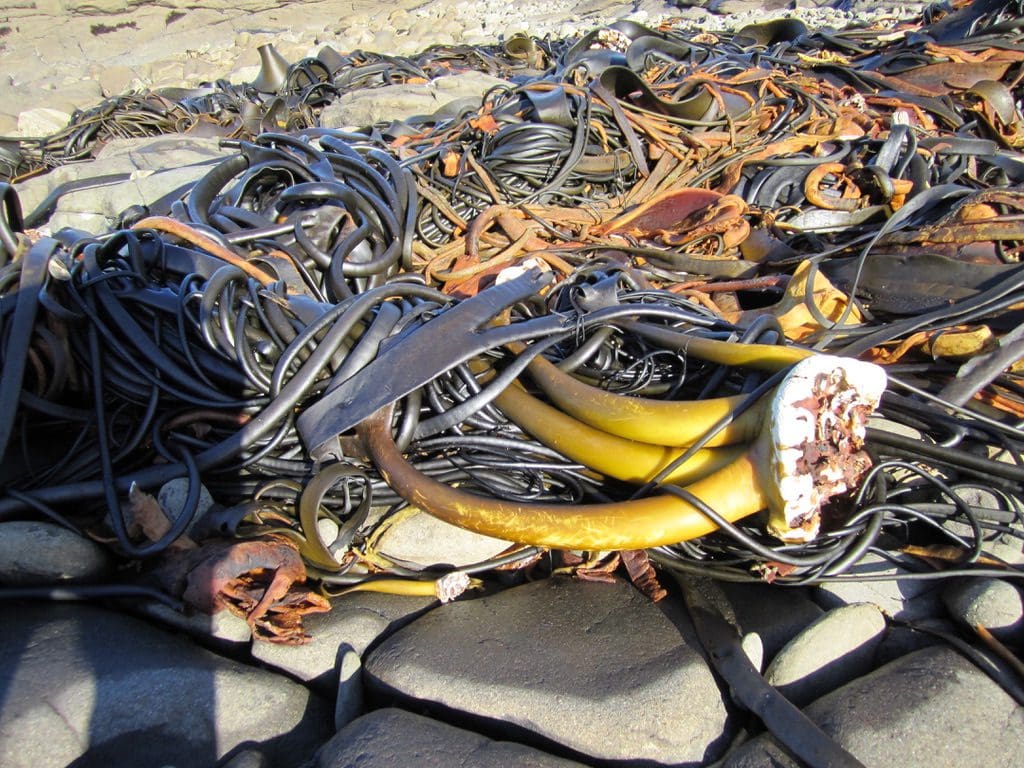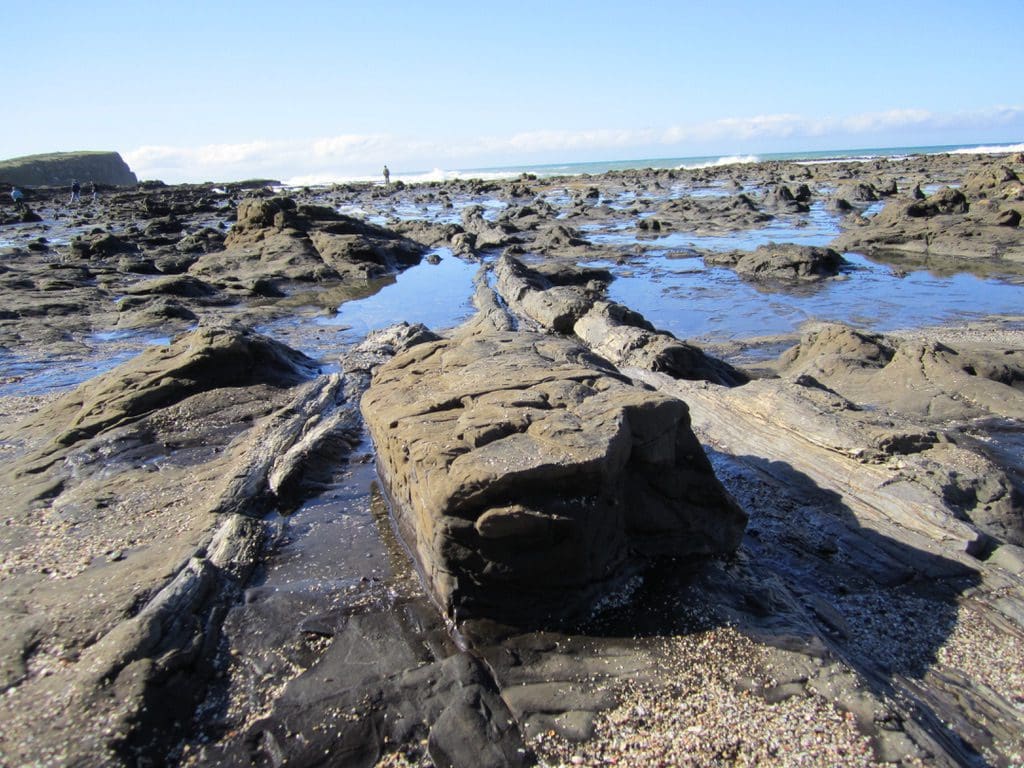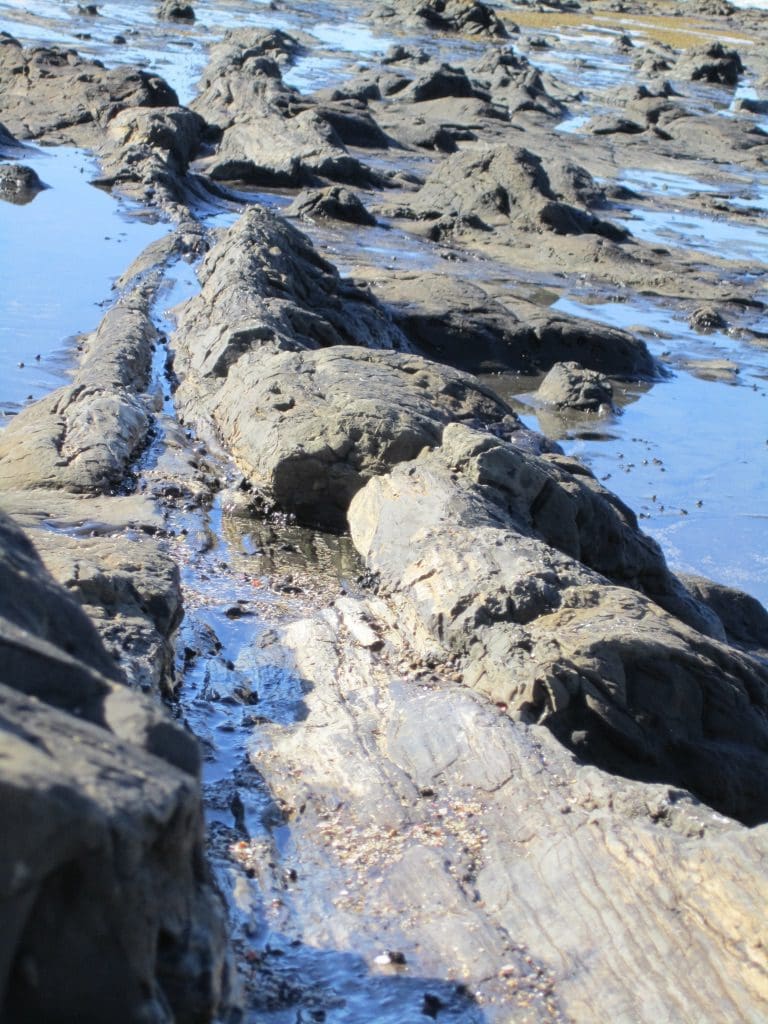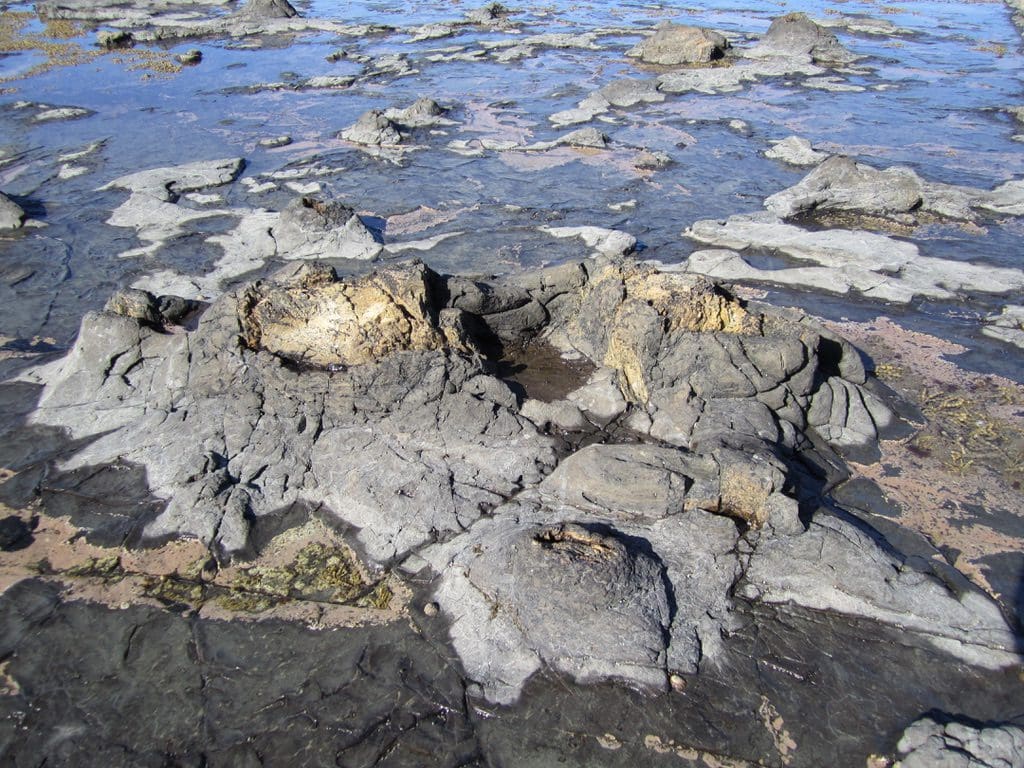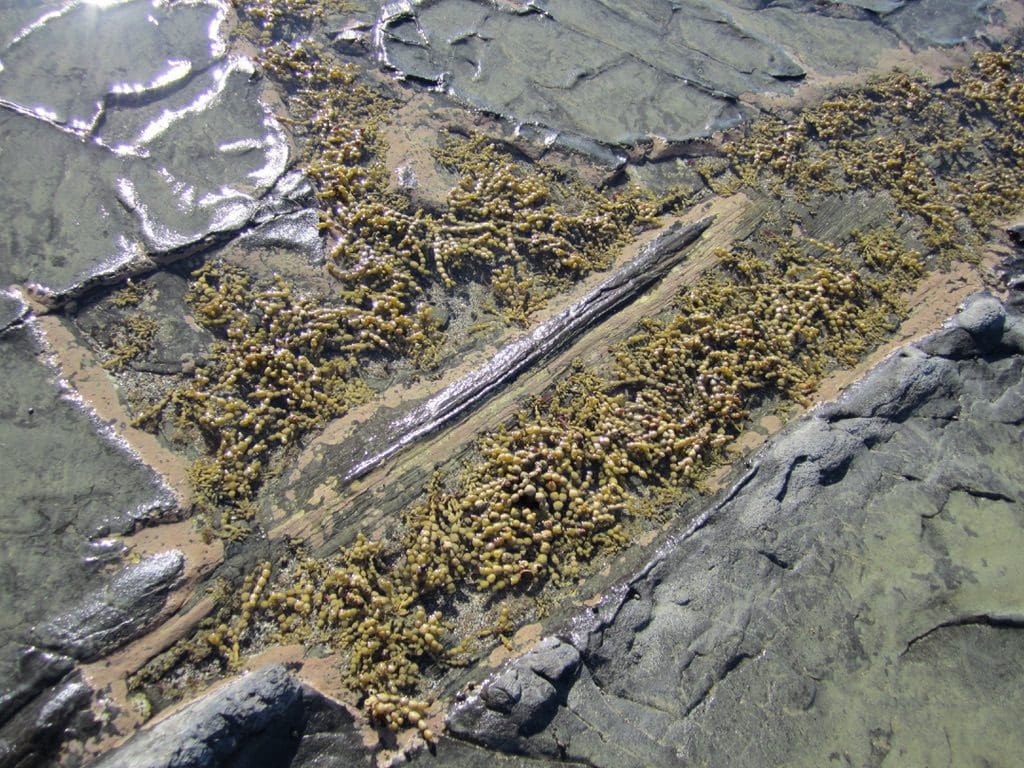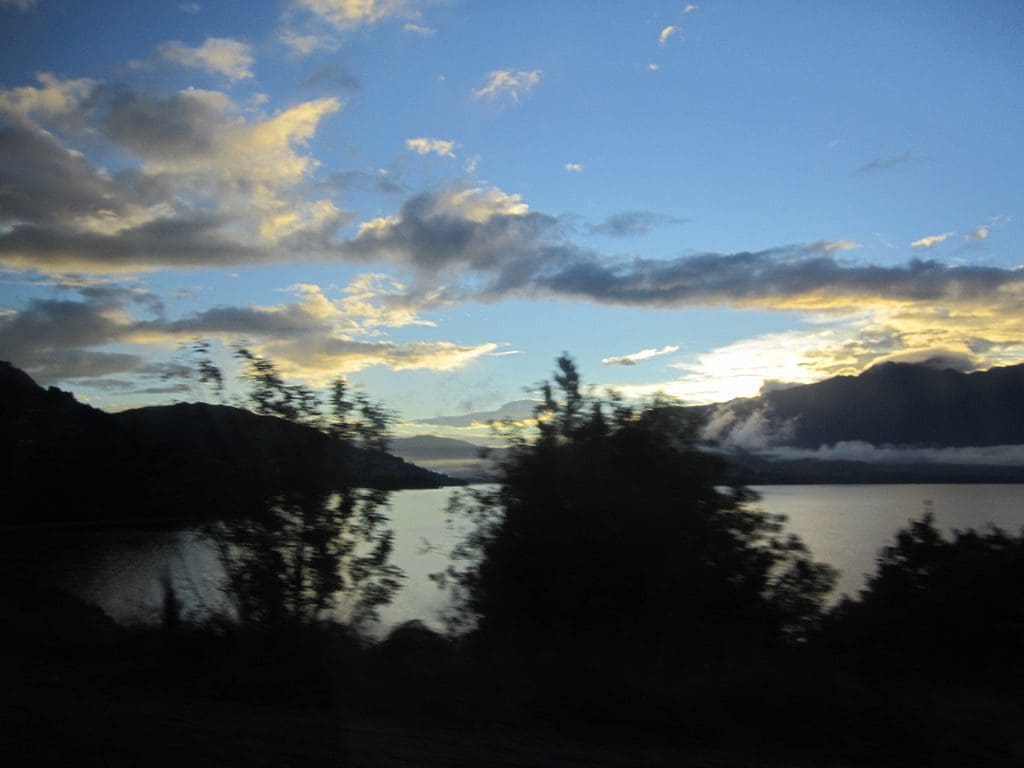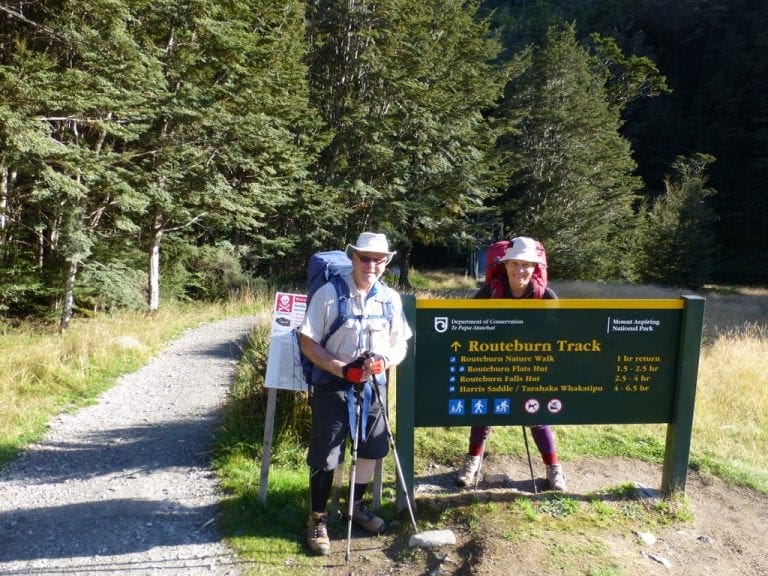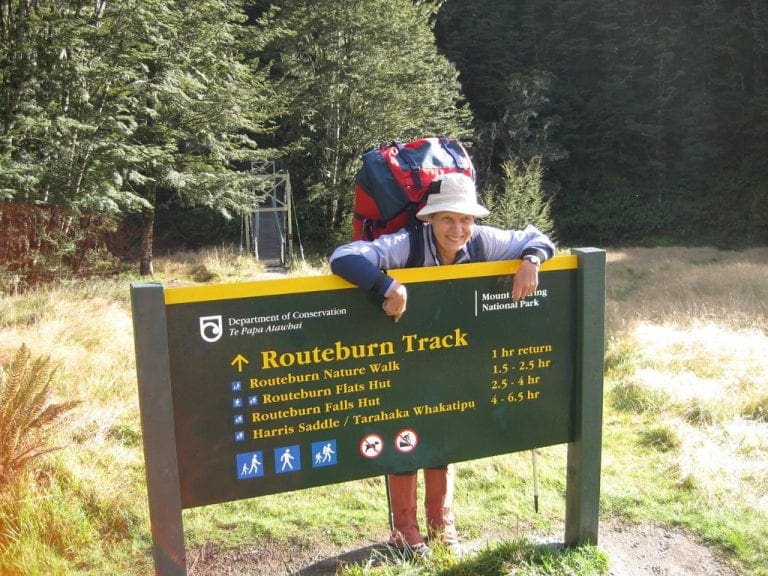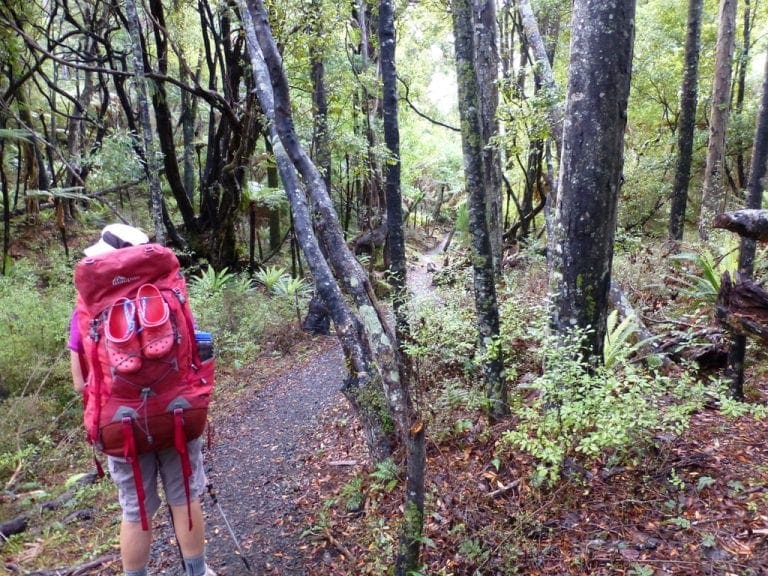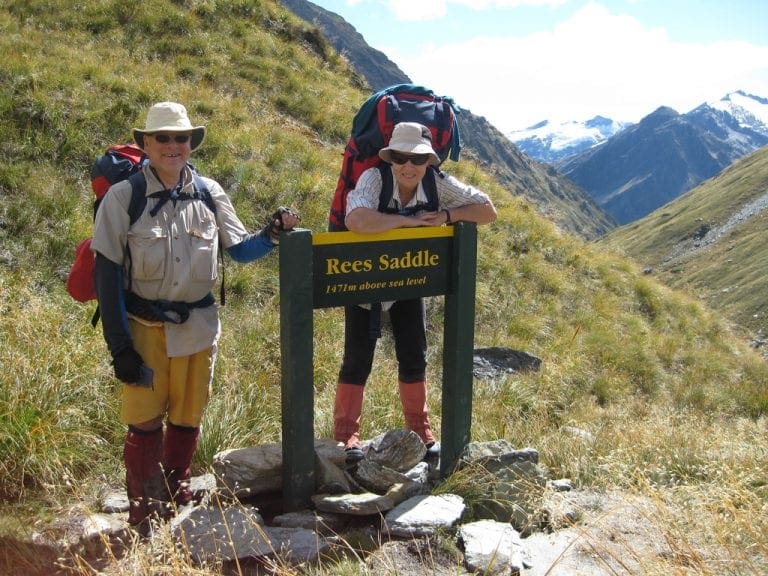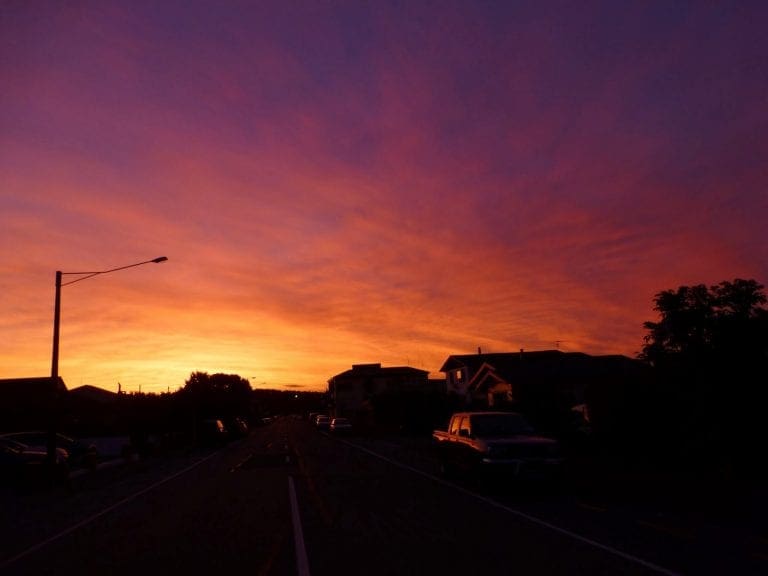Catlins and Southland NZ 2011
Mar 18 Friday. A day off at Queenstown. We did little except do the washing (Helen), eat and I visited a physio to see about my quad (ok, it will recover).
I should report on Aspen Lodge where we are staying. An excellent review. It is on Gorge Road (just off the upper end of Shotover St – the main street) an excellent position, an easy walk to the main part of town. The staff at the place are fantastic. We mainly had contact with Tori (Victoria) who has an extremely good ability to listen with interest to everybody’s story for the day, solve problems, make recommendations. Aspen Lodge Backpackers Queenstown – highly recommended.
Mar 19 Saturday. Drove to Dunedin and are now staying at Elm Lodge – a different experience. Dunedin is full to the brim tonight because the Otago Highlanders are playing rugby here tonight. While we have been here, there has been a constant stream of people looking for a room. At least one bloke who has been refused a room has hung around – seems like a regular and untrustworthy to the top of his head. ‘Lock everything up’ says Helen. Different place.
On the drive here, we drove for a while beside the Central Otago Rail Cycle Track. Used to be a railway line, now a cycle way. Many people cycling on it. What a great little earner. We stopped at a little pub at Wedderburn which is on the trail. The owner said he has 1,300 accommodation bookings for Mar and 1,100 of April. Plus lunches and other meals. And, that is just his pub. Most take 4-5 days to peddle the trail. We estimate there could be 10,000 to 20,000 people cycling that trail each month of the summer. Almost every one of them hires a bike, buys food and accommodation. Each person would spend at least $50 per day (bike rental, food, accom). That is $1m per month pumped into the economy of an otherwise struggling rural backwater. What a great little earner for everyone along the trail.
A few more words about Elm Lodge, Dunedin. I would rate this as 1 out of 10. Probably 30 people staying here – 2 toilets, 3 showers. Kitchen kept as clean as the ferals allow (which is not very). The duty managers is on from 8am to 8pm. As soon as he left (yes left), a hoard of feral monsters appeared who we had not seen before – ate everything in the marked bags in the kitchen (all hostels have a system of ‘mark your food and leave it in the kitchen’), drank any alcohol, turned music up very loud, covered all kitchen surfaces with filthy plates, cups, glasses, bottles. The other problem they have is security. When the manager leaves, all the room keys are still all hanging up behind his desk. What stops the ferals going through rooms when their occupants are known to be out? Someone certainly used all the internet time I had been allocated – not me. I mistakenly left the access key on display for a few minutes. 30 mins later I had no time left. Helen had researched Dunedin hostels quite carefully before booking. This is the best she found of a very poor lot. Probably the worst backpackers I have stayed in in 35 years. Dunedin itself might be a very nice place (it looks to be). Backpacker accommodation is a nightmare.
Mar 20 Sun. Drove down south to the Catlins. Now at Lazy Dolphin Lodge, Curio Bay. What a difference!! A beautiful clean, airy hostel overlooking a bay famous for its rare Hector’s Dolphins and Yellow-eyed penguins. Bit of a winding drive to get here – but a beautiful spot.
Bit is a bad start leaving Elm Lodge this morning. I’d left the lights on in the car. (A tad intimidated by the drug/alcohol street party going on opposite where I parked the car yesterday.) Ah well. The Emergency AA chap was very friendly and had us underway in a couple of minutes after a chat (about tramping – where to go, when, how often – these kiwis do like to tell you where the good spots are, just in case you might miss one).
In the evening, we walked about 500m to the Yellow-eyed Penguin viewing platform. Eventually, at least 75 humans turned up – but no penguins – moulting (‘you should have been here yesterday, we saw 7’). The Yellow-eyed penguin is rare enough that it is on the NZ $10 note. They are only found in NZ and this little bay is one of the few places you can see them. I found the walk to and from the viewing platform a bit much (just 1 km). Bit of a worry for the Routeburn. I will have to take it very easy.
Mar 21 Mon. Woke to an almost cloudless sky and sun coming up over the ocean – a seal lumbering up the beach. People running up and down the beach looking for Hector’s Dolphins. (This little bay is also the home of a group of these very rare dolphins – feeding on mullet in the surf.) Swimmers report having the dolphins around them. Damn cold water. We have a SEasterly blowing most of the day – stronger as the day went along. Helen walked and reported huge kelp bands moving in the swell/waves, petrified forest along the southern shore, stunning views. I’ve rested with my feet in the air and applications of ice. No shops here. The nearest is 30 km inland – which does come as a surprise to many. Helen has cooked a casserole for tea – Glenda (who manages the hostel) leant her the casserole dish. I’ll rate the Lazy Dolphin Lodge at Curio Bay, Catlins New Zealand as one of the nicer places I’ve been. (Glenda arrived in October last year, 2010, as part of the new management to take over the very run down and filthy lodge from previous owners. The new management is doing and excellent job. Highly recommended.)
Down to the rock platform again tonight for another try at the penguins. Yes, we saw the yellow-eyed penguins. Definitely moulting, which means for the next 15 or so days they cannot go into the water. (Last night the DOC warden asked me to do a bit of crowd control – as tonight is her night off – and she was not expecting penguins. Tonight, despite many prominent signs and placards, one woman put herself on the track the penguins use to and from the sea. She had an adult on one side of her and a chick calling loudly behind her. Despite two polite requests from me, this woman would not budge. ‘My right to sit where I want.’ We think that these birds do not have a chance of survival. When there are only a few people going to watch the penguins, maybe. Now with 75 plus each day, there is a much greater chance of idiots. It just takes one idiot who says ‘I do what I want’. The penguins are very susceptible to dogs – signs up everywhere. It is only going to take one bloke to bring his dog down to wipe out all the penguins – $100 fine – another extinct species.)
Mar 22 Tue. Colder and cloudy today. The contusion of my right quad has responded well to ice and is now almost back to normal size. I almost have a quad that works again. Four more nights before I have to be fit enough to walk with the heavy pack. Still resting and not doing too much. Ice, legs up & the physios exercises twice a day. At about 5:30pm, a very good view of a Hector’s Dolphin at about the spot the surf was breaking 15m off the shore just out from the Lodge. Seals wandering up the beach; sealions basking between flax plants near the camping ground (and chasing campers who poke sticks in their eye).
One of the guests here was talking of accidentally shoot a very rare bird. I began to think of population pressure. Even if every one of us strives our very hardest not to kill some harmless animal going about its business, it is very difficult to not accidentally kill something. That in itself, means that the human population is putting enormous pressure on all other species. To take a gun and try to shoot something (that you are allowed to shoot) and then ‘accidentally’ shoot an extremely rare animal (of which there are only 1,999 left). What chance to they have? None.
Mar 23 Wed. Dive to Te Anau. A shame to leave the tranquility of Lazy Dolphin – three nights was not enough. (Another view of a few dolphins this morning at breakfast.) We are at YHA Te Anau, which has, as you would expect, all the bells and whistles (except heart). (Helen chose this one because it is run by Helen Bell.) A plate of soup at Sandfly Cafe and a sleep in the arvo. Down to my favourite sock shop (Fiordland) on the shore of Lake Te Anau for a sock top up. And then to a beer. Pasta for tea and very early to bed. (Although the hostel is full – about 75 – most are in groups and few will talk. Very impersonal, as we’ve usually found these big hostels. Even Helen, with her extremely polite manner is rebuffed by the cliques. Much boastful rubbish being talked by ‘experienced’ trampers.)
Mar 24 Thur. At Te Anau. I finally managed to find a pharmacist yesterday. The Hirudoid rubbed into the bruises is making a difference. I think my right calf must have had a good bash too. That might account for its swelling and stiffness. The day I walked out to the jet-boat gave me a couple of blisters – bad walking posture, but had to keep moving. One of those was very bad and is just now coming into control. Two more sleeps to get fit. Washing day. We’ve been through the packs – without a ruth – to leave behind as much as possible. I’ve thrown out about 3kg (or a hopeful 4kg) – mainly clothes. That should give a pack weight of 17 kg (rather than the 20kg I had on Rees-Dart). We’ve bought the freeze dried, muesli & milk powder. That leaves just the cheese, salami & bread to buy in Queenstown tomorrow.
Have I raved sufficiently about the Icebreaker products? New Zealand Merino wool products – and they are excellent. Light weight, breathable, washable. Money back if not fully satisfied guarantee. Expensive? Yes. Worth the money? Absolutely! Extremely good products. We bought a couple more today.
Mar 25 Friday. Back at Queenstown – Aspen Lodge Backpackers – home sweet home. Arrived at 11am. Walked downtown for a replacement waterbottle, check of the weather forecast, and lunch (Fergburger spoilt by loud opinionated yanks – why do they need to leave yankland, nothing is as good anywhere else). Unloaded the car and took it back to the airport. Good little Corolla that has done 252,000 kilometres. Thank you, little car from Ace Rentals.
In the afternoon we sat around and watched the paragliders coming down from off the top of the chairlifts. They land on the green grass just over the road from Aspen Lodge. Quite a good display every half hour or so. And Helen fielded phone calls to and about her mum.
Southland NZ has many curious place names. The story is that the original surveyor quickly ran out of fine sounding Bannock-burn-like names, tried Maori ones – complaints ‘can’t even say them, let alone spell them’. Went quickly through Georgeburn, Maryburn, Jamesburn, Aliceburn; then to woodburn, mossburn, pigburn, cowburn, sheepburn, eweburn, horseburn, goatburn – some now changed to a Maori name by deed-poll.
We were saying today that when we first saw ‘The Remarkables’ in 1970, they and the scenery of New Zealand made a huge impression on us. Now, after we have walked over a bit of it, we are a bit blasé about it. Still pretty remarkable. Still worth the trip and the ooos and ahs.
Tomorrow is the start of our Routeburn walk. My right leg is mainly functional. The quad likes to go up stairs and slopes (good news). It is not so happy going down. Ice and Hirudoid have done the trick. One more night to recover for the Routeburn.



